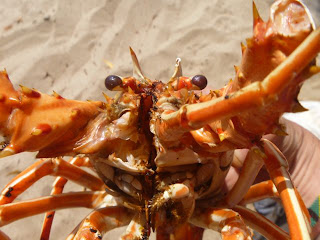If anyone asks me why i went travelling in West Africa, its for days like these. Driving for many hours waving to passers by, filling water from village pumps with the locals & arriving at the village of Silicora.
We were free to wander around the village in the afternoon usually followed by a trail of children. In just an hour we saw most of village life: making mud bricks & baking them in the sun, separating the wheat from the chaff, braiding hair, playing football, weaving hammocks, carrying water on heads... The most amazing thing though was the warmth of the welcome; men shaking hands, women dancing & laughing, children running around & imitating anything. The complete lack of a common language didn't really matter.
 |
| Separating the wheat form the chaff |
 |
| Hammock weaving |
We were then treated to show which incorporated most of the village. Drummers, singing, dancing & the grand finale a stilt dancer who span & jumped.
 |
| Drumming, Ivory Coast |
 |
| Stilt dancing, Ivory Coast |
After the show I was on the cooking crew, probably the strangest surroundings I'll ever prepare a meal in. 50+ people (mainly kids) watching on and creating a wall of noise. They stayed on to watch us eat - it gives you a small sense of what it must be like to be a celebrity and have everything you do scrutinised - it's not a life I'd want.
Post dinner the drums had started up again, with more singing & dancing continuing until well after midnight. The morning wake up call at 5.30 was the headlights of a van shining into the tent and a blast of the horn as people started to load up for market.























































